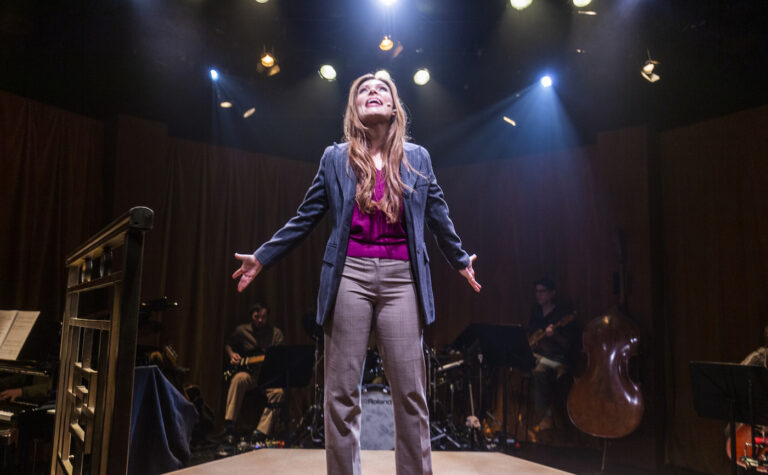

BY RYAN QUINN
City of Sydney Council voted on Monday night to use low carbon energy at two council pools.
It is planned that Ian Thorpe and Cooks and Phillips aquatic centres will have trigeneration plants installed to help cut their electricity costs and carbon emissions.
Trigeneration plants are installed into a building and use gas to produce low-carbon electricity, which creates heat used for cooling and heating.
According to the City of Sydney, trigeneration is more than twice as efficient as coal-fired power stations that produce around 80 per cent of Sydney’s electricity.
Greens Councillor Irene Doutney said the method was “just an in-between measure until we reach the point where we can go one hundred per cent renewable energy”.
“We’ve always supported it as better than just using off-the-grid,” Clr Doutney said.
The project is part of the City’s Sustainable Sydney 2030 vision to reduce its year 2000 carbon emissions by 70 per cent in 2030.
However, it was met with strong opposition by Liberal councillors Chrstine Forster and Edward Mandla, voicing their concerns at Monday’s council meeting.
“Yet again the Lord Mayor is asking for council to commit to a non-core, coal-seam gas based project at an exorbitant cost to rate payers,” Clr Forster said.
Zero Emissions Australia Executive Director Matthew Wright said that he would prefer to see the council adopt renewable energy instead of using gas.
“Renewable energy is coming down in price all the time, and they’re trying to buy 25 years’ worth of physical plant which locks them into burning gas,” Mr Wright said.
“It was a great idea a decade ago.”
He said that solar power installation costs have decreased.
A motion to put solar panels on the Ian Thorpe Aquatic Centre was struck down by council on Monday.
Mr Wright suggested ground-based heat sources and air source heat pumps as renewable alternatives, which he said is better suited for the low grade heat needed for aquatic centres.
“Air source heat pumps use about one third of the electricity off an electric heating system,” he said.
According to him, gas/fossil fuels are more appropriate for high grade heat, which are used in power plants and in industrial sites.
Clr Doutney said it was difficult to say trigeneration energy should not be used because it had coal seam gas in it because “when you turn on your stove you’re using coal seam gas”.
The move follows a failed trigeneration master plan to instate a city-wide trigeneration plan, which was scrapped in 2013 due to changing carbon prices and regulatory problems.
There were also plans to create a precinct-based trigeneration, which would see buildings sharing energy.
Clr Doutney said that the problem arose from the government’s block on export of energy, which would have made it financially viable.
“We needed to be able to export it to a bigger precinct rather than just one building,” Clr Doutney said.
However, the council still plans to power Sydney Town Hall using trigeneration, according to Clr Doutney.
“That’s the ultimate aim to spread far and wide rather than just do one building here and there,” she said.
Liberal Councillor Edward Mandla said Lord Mayor Clover Moore had tried to make trigeneration her “signature policy”.
Over 11 million dollars have been wasted in the process: all taxpayers’ money that was not spent on services, the homeless or clearing the backlog of urgent repairs,” he said.









